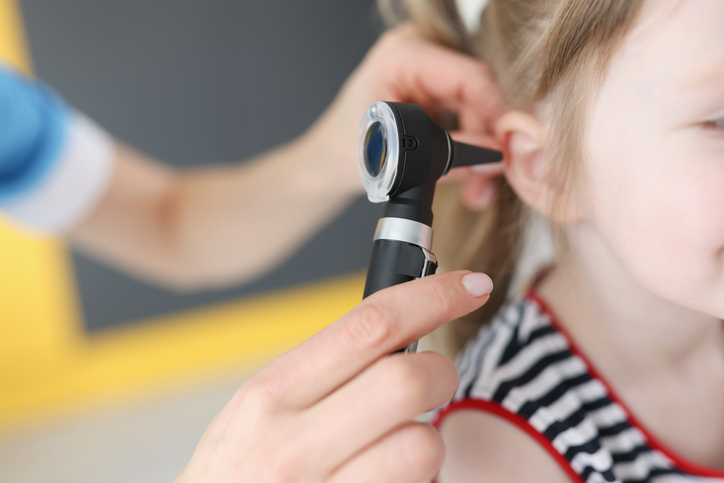Ear infections are painful and occur when a bacteria or virus is in the inner middle ear, causing an infection in the air space directly behind the ear drum, and your body is attempting to fight it off. The good news is that there is ear infection treatment out there. Ear infections can cause pain inside of the ear, a fever, and sometimes drainage from the inner ear. Ear infections are very common in infants, and although many go away on their own (especially when we’re older) treatment can help it from progressing further, and help to ease some pain. “Ear doctor near me” is a commonly searched term when you’re feeling pain, but look no further, Dr. Madison Richardson is a skilled and experienced ear specialist doctor who can offer ear infection treatment for adults, as well as infants. Get the best ear infection treatment, schedule n appointment today!

Symptoms
The beginning symptoms and signs of an infected middle ear are typically very quick to show.
Youth
Symptoms and warning signs to look out for in a child:
- Pulling at the ear
- Difficulty with sleep
- Complaints of pain in the ear, particularly when laying down
- An excessive amount of crying
- Trouble remembering things
- Difficulty responding to noise or hearing
- An elevated temperature
- Dizziness
- Loss of hunger
- Headache Fluid draining from the ear
- Headache
Adults
Symptoms and warning signs to look out for in an adult:
- Fluid draining from the ear
- Difficulty hearing
- Pain in the ear
When to schedule an appointment with Dr. Richardson
The typical ear infection symptoms can lead to many different conditions, therefore it is important for you to be prompt in seeking treatment. Be sure to seek medical attention immediately if:
- The ear pain is drastic
- Symptoms are enduring longer than 24 hours
- There is fluid, bloody fluid, or pus draining from the ear
- Your child is experiencing these symptoms under 6 months of age
- Your child is not sleeping and has just recovered from an upper respiratory infection
The main cause of ear infection is viruses or bacteria located in the middle ear, which often is the result of another cold or allergies that have caused the nasal pathways, eustachian tubes, as well as the throat to swell.
What are the eustachian tubes?
Eustachian tubes are very narrow tubes that are located from the middle inner ear to the top of the beginning of the throat, seen in pairs in both earways behind the nasal passages. The endpoint of the tubes, located at the top of the throat function by opening and closing to:
- Keep the air in the ear fresh
- Keep the pressure in the middle ear regular
- Drain the middle ear passageways
When the eustachian tubes are swollen, the tubes will become blocked and the fluids will build up in the middle ear and bring on an infection.
When we are children, these tubes are located more horizontally and narrow which means that they are more difficult to drain, making them more liable to be clogged.
Risk factors
There are certain risk factors to be aware of when it comes to ear infections such as:
- Age. When your child is 6 months old to 2 years old they are more likely to develop ear infections because of the size and shape of the eustachian tubes, and the fact that their immune system is still in development.
- Group child care. If your child is in daycare, or another group of other children often, they are more likely to contract a common cold, which can often lead to the development of an ear infection.
- Infant feeding. Babies that are fed through a bottle, even more so when lying down, are more prone to ear infections than babies who are breastfed.
- Seasonal factors. Depending on the time of the year, ear infections are more common, for example, people who experience seasonal allergies during the last two seasons of the year are more at risk for ear infections.
- Poor air quality. Air pollution and exposure to tobacco smoke cause an increased ear infection risk.
- Cleft palate. A difference in bone, as well as muscle structures in children that have cleft palates, causes a difficult passageway for the drainage of the eustachian tube, leading to the development of ear infections.
If you or your child are experiencing any of the symptoms mentioned above, please ensure that you contact Dr. Madison Richardson as soon as possible to schedule your appointment. It is dangerous to let an ear infection go on for too long.
book an appointment

